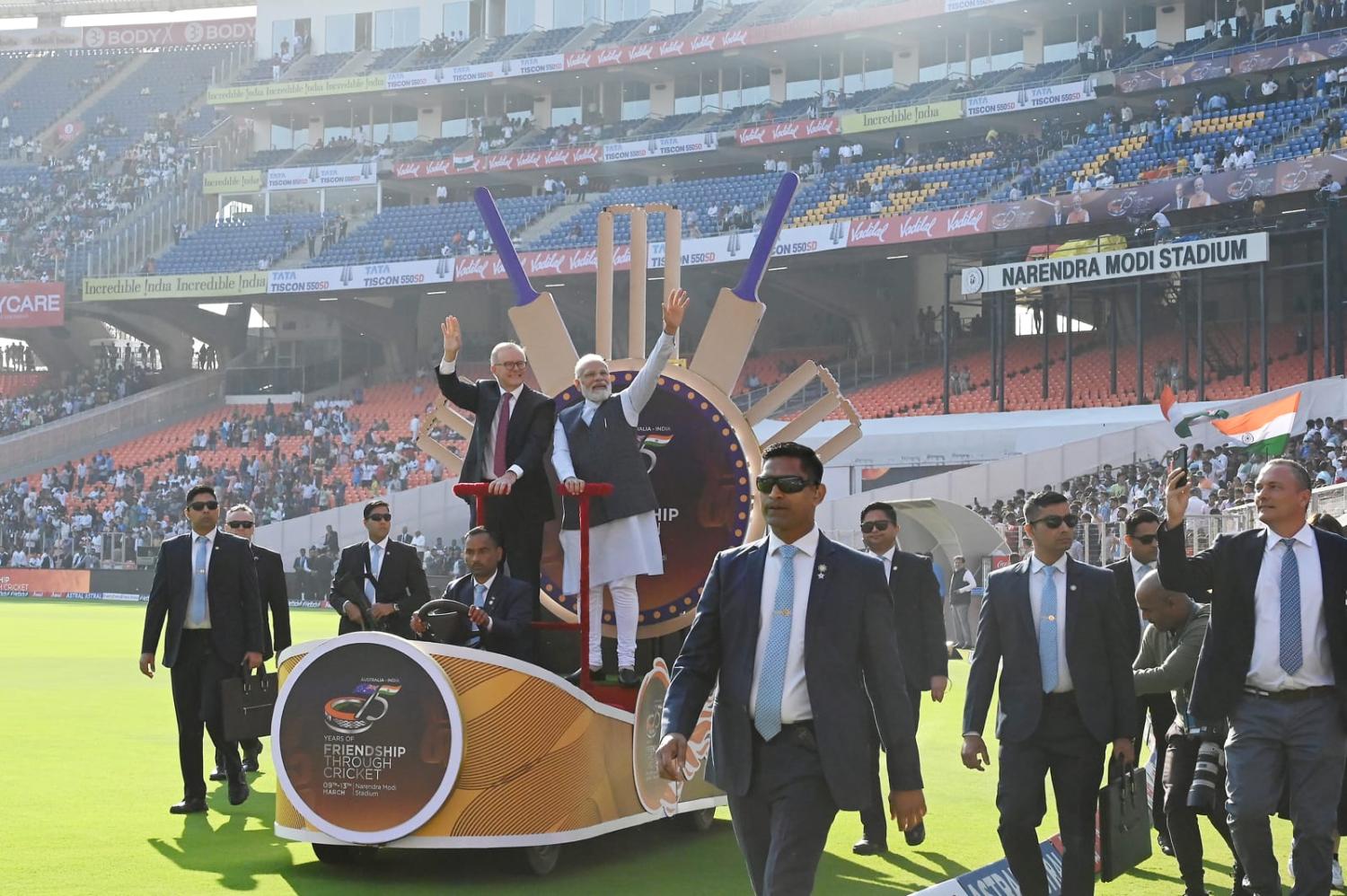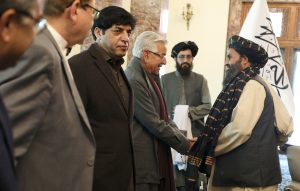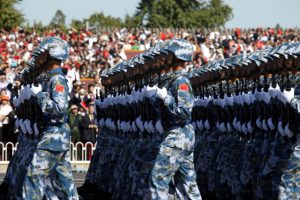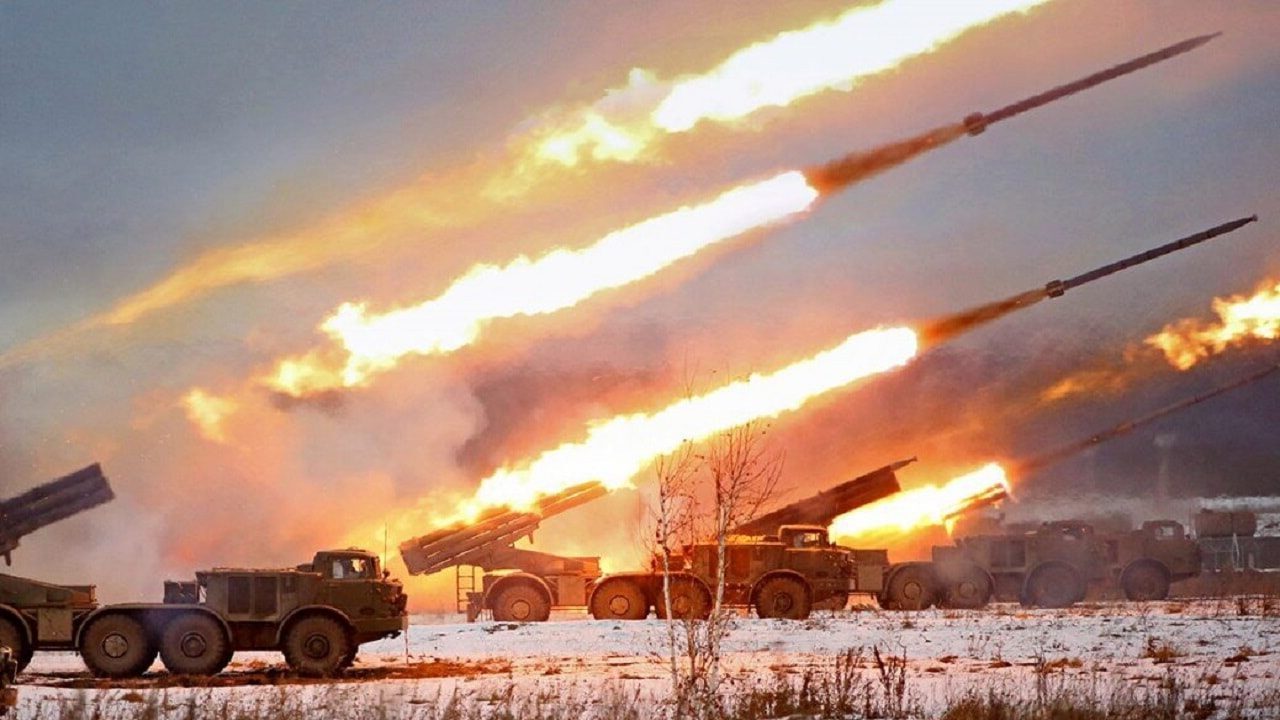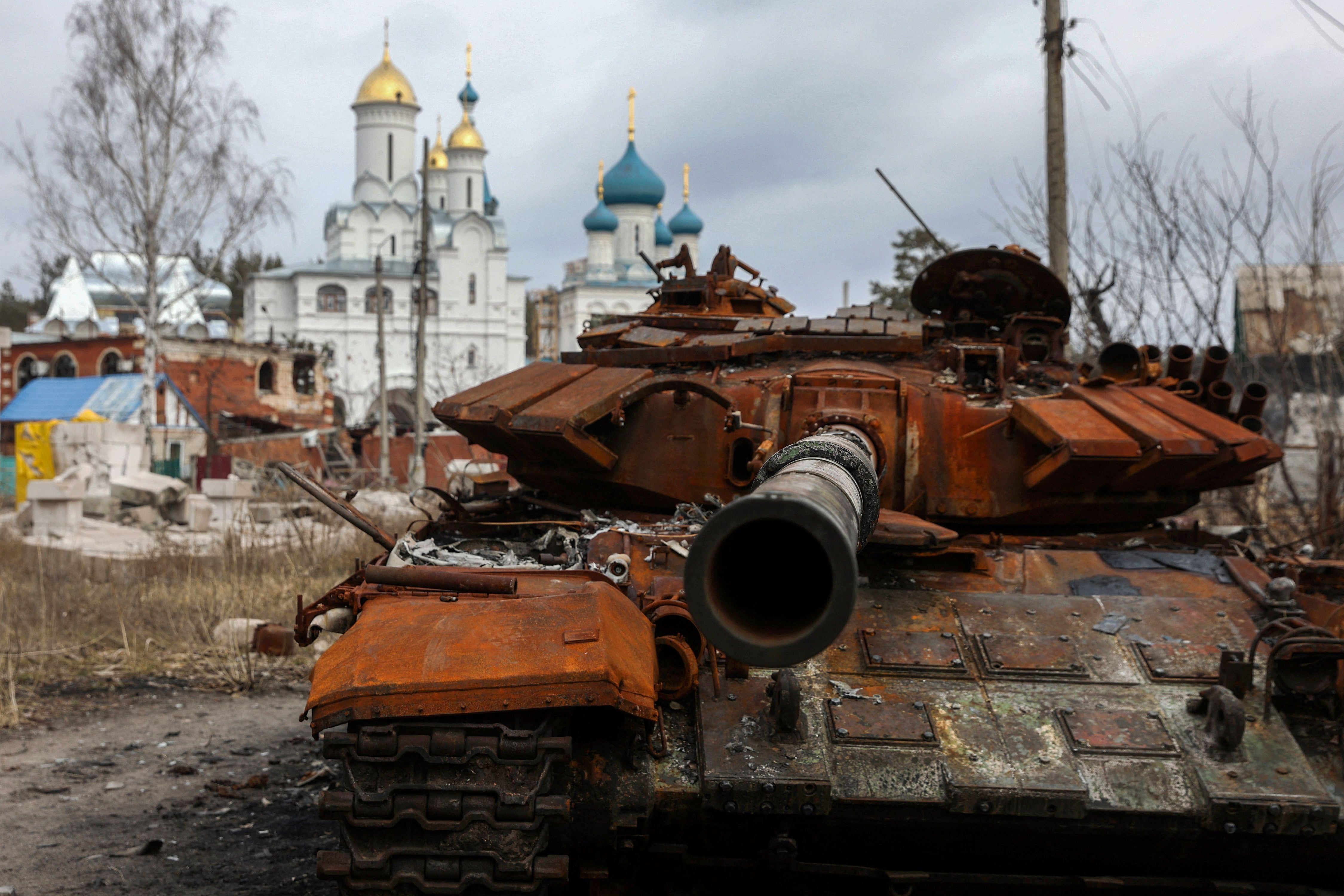Anunay Kulshrestha, Gurshabad Grover

The last telegram in India was sent in July 2013. Almost 10 years after the use of telegraph faded into extinction, most regulation of telecommunication in India still finds its legal basis in the Indian Telegraph Act of 1885 and the Indian Wireless Telegraph Act of 1933, both of which were legislated by the British colonial government.
In a country that now has more than a billion combined subscribers to telephony and internet services, the Indian government has finally (rightfully) realized the need to update the legal framework that governs telecom and internet infrastructure: 138 years after the promulgation of the Telegraph Act, the Indian Ministry of Communications is seeking to replace the two colonial-era laws with the (draft) Telecommunication Bill, which was released for public consultation in September 2022.
The Telecommunication Bill covers many aspects of regulation, from the licensing regime for telecom and internet service providers to state powers of interception and surveillance. But far from providing the “modern and future-ready legal framework” that it promised, the bill regurgitates antiquated ideas from the very laws that it seeks to amend, threatens human rights, and sanctions unchecked state surveillance. In this article, we focus on the serious threats that the new bill creates for network security and privacy and examine how its provisions will consequently impact the exercise of the rights to privacy and freedom of expression in India.
